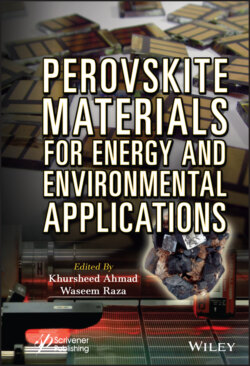Читать книгу Perovskite Materials for Energy and Environmental Applications - Группа авторов - Страница 32
1.7 Conclusion
ОглавлениеFrom the study of these simulation softwares, it can be definitely said that simulation of perovskite solar cells can be used as a tool for designing and optimizing advanced perovskite solar cell structures and also to interpret the measurements made on different device structures. It can also be conclusively inferred that simulation can bring about better understanding of the detailed specifics of the working of perovskite solar cell structures. However, the simulation of perovskite solar cells requires a lot of input parameters, which makes it a tedious task.
All the softwares discussed here use Graphical User Interface except ASA, which uses ASCII file to input the values of various parameters. The number of layers that can be simulated is fixed in SCAPS and AMPS 1D, whereas there is no such fixation in AFORS-HET and ASA. All softwares studied use SRH recombination mechanism, whereas SCAPS and AMPS 1D also use band-to-band recombination. Auger recombination is considered in SCAPS. All the software studied here give the option to model defects. In SCAPS, up to seven defects can be simulated in any semiconductor layer, and all the parameters of each defect can be modified by “defect properties panel.” AMPS 1D allows Discrete and Banded Defect (Structural and Impurity) Levels and Generalized Defect (Structural and Impurity) Level Distributions. In AFORS-HET, defect distribution of states (DOS) has to be quantified for all layers and for the interfaces. In ASA, both the extended and localized states can be modeled using the defect-pool models. Modeling of tunnelling is available in all the softwares except AMPS 1D. All softwares are capable of doing electrical and spectral response measurements.
